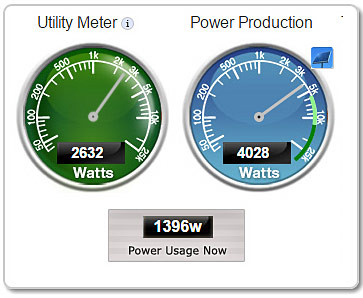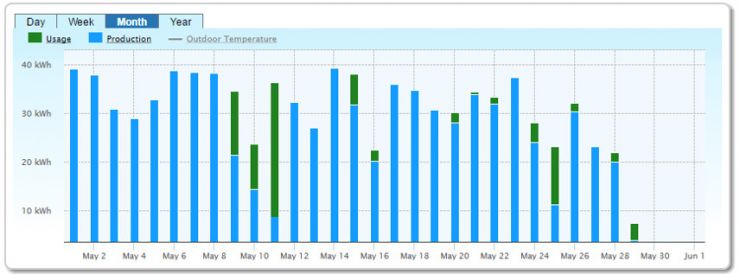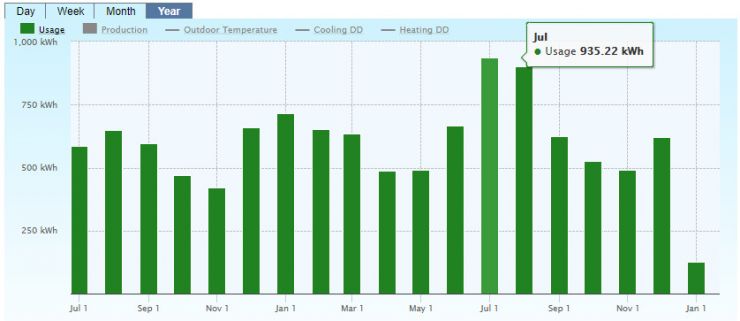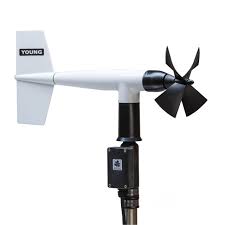Monitoring Solar Production
Sensors,
Meters, and Apps
Choosing to monitor the solar, along with energy use, is a great way to see both sides of the equation.

Panel-Tied or Grid-Tied Solar
Solar is commonly either “grid-tied” or connected to an electrical panel circuit. If connected via a circuit inside the panel, the solar is “flowing” through the electrical panel and can be used by other circuits before being transported to the grid. If grid tied, the solar bypasses the location’s electrical panel completely. For these installations, the utility typically factors in the solar production when calculating the bill for the location. In either case, a current transformer (CT) needs to be clamped around the AC side to measure solar production. CTs wire back to an electricity meter. CTs are sized to match the amps flowing through the wire.
Net Metering
When a solar source is making more electricity than is needed, and the remainder is sent to the grid, it is known as “net metering.” If monitoring solar production and energy use, the app can show when you are net metering and when you are drawing from the grid. Easily see what equipment or appliances are causing a location to require power from grid. Plus, identify when this is happening.

Sizing Solar Panels
Electricity monitoring technology can also be used to help size a solar installation. Monitoring electricity use shows the demand for a location. As a result, the solar installer can determine how many panels are needed.

Monitoring Larger Solar Installations
Larger solar installations expect to have larger production outputs. In some cases, project financing is dependent on achieving specific solar production goals. These situations call for advanced solar panel monitoring. The PVmet weather stations can monitor solar irradiance and panel temperatures, which are all important factors concerning PV performance.

Solar Irradiance and PV Production
Pyranometers measure solar energy incoming from the sun, known as irradiance. Ideally, the solar production tracks closely with solar irradiance. There are four different solar irradiance measurements.
Global solar irradiance is the most common.
Some pyranometers can be titled to match the angle at which the panels are oriented. This is called “plane of array” solar irradiance.
A third solar irradiance measurement is “albedo”. Some solar installations will actually have bifacial PV panels. The backside of the panels generates power by sun reflected off the ground. The term “albedo” is the proportion of light reflected in this way. Specific ground covering can amplify sunlight reflect to the backside of the panels. Pyranometers can measure albedo.
The last type of irradiance that can be measured with PVmet is “diffused”. This is irradiance that is not directly from the sun, but rather from the clouds and sky.
Solar Panel Temperatures
On perhaps a counterintuitive note, solar panel performance is adversely affected by high panel temperatures. An aging or damaged panel may convert less solar energy to electricity, and more of it to heat, raising the temperature of the panel. This is why PVmet weather stations include an option to measure panel temperatures. Typically, temperature is measured on the backside of a PV panel. More than one panel temperature can be monitored to ensure representative data for the location.
Electricity Use, Solar Production
PowerWise offers easy-to-use technology to monitor energy use and solar production. Seeing both sides of the equation (demand and production) can show how much the PV offsets electricity use for the location. And, for larger PV installations where production is critical, PowerWise offers advanced sensors, weather stations, and analytics to ensure peak PV production. For more information, please call +1-207-370-6517 or email sales@powerwisesystems.com.
Recent Posts
All Blog Posts >>
About PowerWise
PowerWise is a proven innovator of monitoring and control technology.
